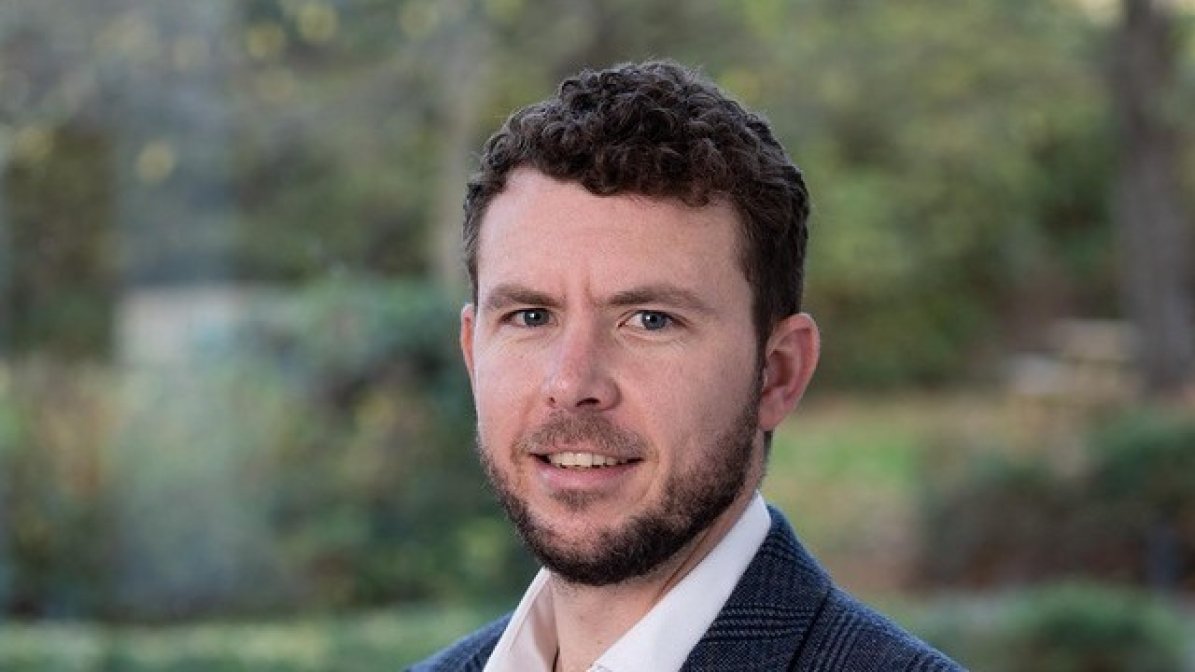Navigating the landscape
We know from UCAS research students are closing down options without realising it until it is too late – 1 in 5 closes a door to course of interest due to qualification and subject selection, with disadvantaged students more likely to be in this group.i Mapping the route to a career of choice isn’t easy, particularly if you have never done it before, or you lack access to broader support. Not only do we need to support students in making choices, but we also need to articulate the consequences of that choice – and how they may be able to bridge into other pathways should they wish to. The map needs to be visible and well understood by all.
Making choices can be challenging. Students are able to apply to over 50,000 undergraduate courses, along with a wide range of other destinations. Students need support in navigating this to make the decision that is right for them. While there is a significant range of career information advice and guidance sources, students are sometimes unsure of the quality and independence of the advice that is on offer. While there is a plethora of data available on the quality of courses, the individual providers, the student experience, the outcomes of the graduates etc, students often find the sheer volume of data available overwhelming, and it can be put aside in the decision-making process as more emotional elements come to the fore. Students may put undue weight on options which are recommended from the experiences of their immediate peer group. When exploring Amazon, how many of us go straight to the review section, or look at Trustpilot? We do this to make the decision simpler.
This is where UCAS comes in. UCAS has access to unparalleled data that shows the relationship between qualifications taken at school, entry to higher education choices and can match those with graduate outcome data. We also know that students trust UCAS with their personal data and value the independence of UCAS advice and guidance. Data and decision-making tools from UCAS carry authority, given the unique role UCAS has in the decision-making process – ultimately making the huge amount of data available to students much more digestible, and therefore impactful.
From the soon-to-be-launched Entry Grades Report, to more sophisticated developments via Clearing Plus and a course recommendation engine (which could enable students to use data to build their own personal league table of options), we aren’t going to simply expect the student to do the work and investigate these tools. We will deliberately give them options, allow them to choose their pathways and then look to capitalise on what those different outcomes could be.
Our insight into students means we can support them at those key moments in their journey. The point in a student’s journey when they choose their final five choices for their UCAS form is really a pivotal moment. We know that most students find it relatively simple to get a long list of choices together, and the challenge then comes in narrowing that down to the five that they finally submit to UCAS, and in so doing begin to lock in their future path. How do we empower students to make that leap? Well, it starts with giving them a platform to engage with early on – not waiting until they get to their final 2 years of school or college to begin engaging with UCAS. The Hub is a space where students will be able to start this journey earlier and earlier, complemented by a support structure that their school/college advisor will be able to access. The more interaction and data that UCAS begins to collect, the sharper we can refine the personalisation for the student – thus making clear the routes through all the pathways and choice they have in front of them.
The key here is having the early engagement and giving both students and teachers the platform to utilize the impartial and objective nature of UCAS’s position at the centre of this landscape. We aim to be with the student throughout their decision-making journey – not just at the end. This is key given that higher education choices are rarely instant realisations, and instead form over time – 1 in 3 students considers higher education as early as primary school.ii

